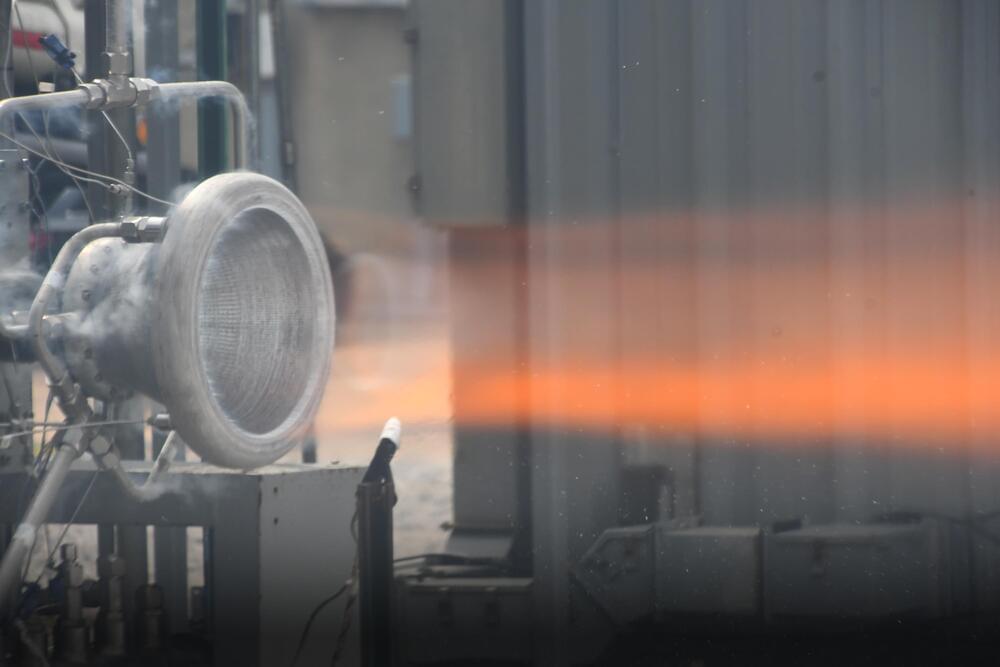The company has also introduced a new robotic system called Sequoia to assist employees in fulfilling consumer requests, which is applied to one of its fulfillment centers in Houston, Texas.
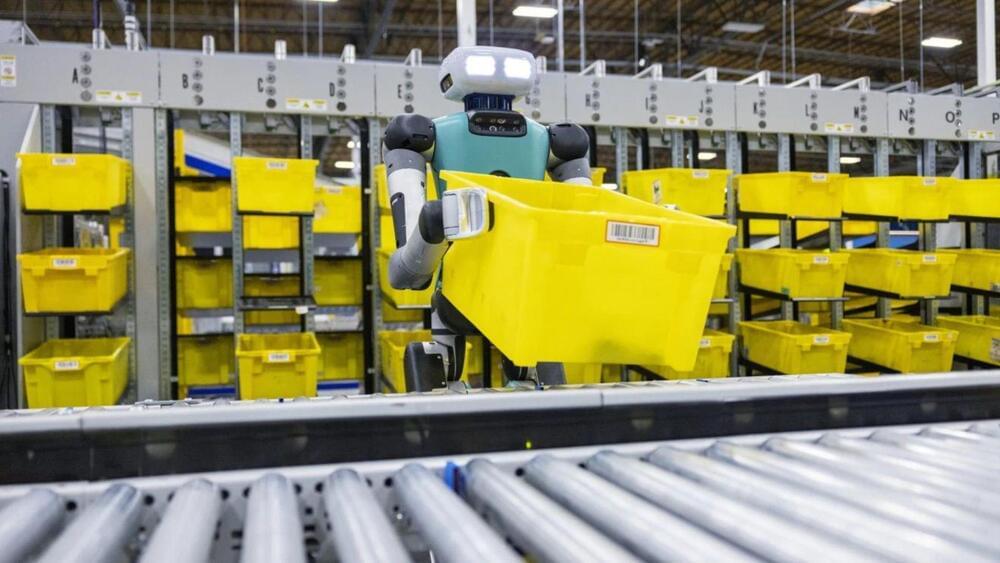

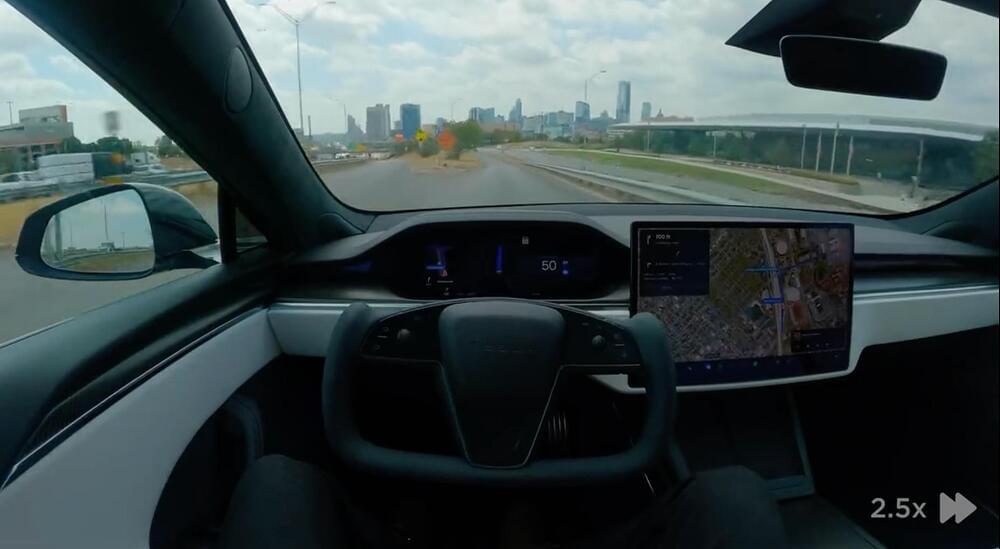
Tesla has shared a video of a hands-free drive demonstration of its Full Self-Driving suite in Austin. The FSD suite is not available to customers in a hands-free nature, but Tesla disabled the requirement for a new video it shared on X, formerly known as Twitter.
Tesla shared the video to demonstrate the capabilities of Software Version 11.4.7, which is the current version of the FSD Beta program.
The automaker describes in the Tweet in put up how the Full Self-Driving suite improves through data-driven techniques that refine the capabilities through analysis of other drivers’ behavior and normal navigation habits.

A recent study in Psychiatry Research: Neuroimaging revealed that individuals with high depression scores show increased activity in frontal brain regions during visuospatial memory tasks, despite similar behavioral performance to those with low depression scores. Researchers concluded that the heightened brain activity might represent a compensatory effort…


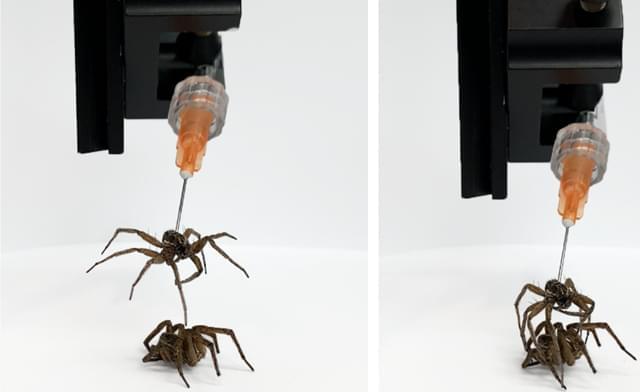
That spider you squished? It could have been used for science!
At least, that’s what Faye Yap and Daniel Preston think. Yap is a mechanical engineering PhD student in Preston’s lab at Rice University, where she co-authored a paper on reanimating spider corpses to create grippers, or tiny machines used to pick up and put down delicate objects. Yap and Preston dubbed this use of biotic materials for robotic parts “necrobotics” – and think this technique could one day become a cheap, green addition to the field.

A study published today by scientists from Harvard University and epigenetic research company TruDiagnostic has shed light on the reasons why our bodies are aging on a cellular level, laying the foundations for medical based treatment options to reduce the risk of age-related death and disease in highly targeted ways.
Longevity. Technology: Age is the number one risk factor for most chronic diseases and death across the world. Epigenetics (or the way our genes are put to use throughout our bodies) has emerged as a crucial method of evaluating health, and while previous DNA methylation clocks could determine how advanced one’s body has aged, they have not yet been able to provide information to the reasons why someone might have accelerated or decelerated aging outcomes.
“In our research, we set out to create the best method to quantify the biological aging process. However, aging is extremely complex,” explains Harvard Medical School Associate Professor Dr Jessica Lasky-Su. “To solve this issue of complexity, our approach was to gather data across multiple sources of information. We chose to do this by building one of the most robust aging datasets in the world by quantifying patients’ proteomics, metabolomics, clinical histories and DNA methylation.”
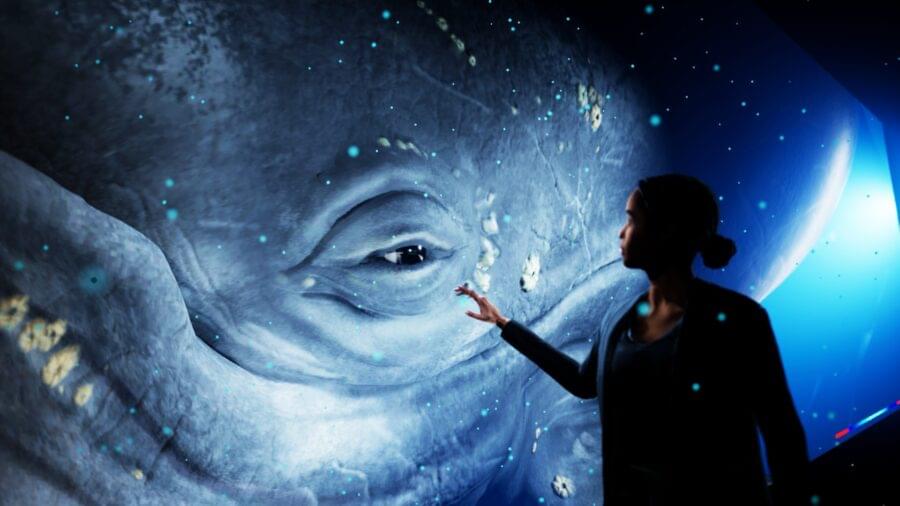
The number of Star Trek sci-fi technology that ultimately became real-life tech never ceases to amaze. The series inspired the development of touchscreens, communicators became mobile phones, PAADs became tablets, replicators became 3D printing, and now holodecks are becoming virtual and augmented realities (VRs and ARs). And while fully immersive environments like the holodeck still remain in the realm of sci-fi, a recent report from BBC on a hologram zoo indicates that the future isn’t so far-fetched when it comes to immersive holographic.
The holograms use a new depth technology that not only makes the animals seem big but makes them visible as 3D objects rather than suspended 2D images.
According to the report, the visitors of Australia’s Hologram Zoo, which opened earlier this year, can dodge stampeding elephants, peer into the gaping jaws of a hippopotamus, pet-friendly giraffes, and witness more than 50 lifelike displays from dinosaurs to gorillas—all crafted from concentrated beams of light.

An huge volcanic comet, 12P/Pons-Brooks, has violently exploded for the second time in four months and it is heading towards the Earth. It will not hit the Earth but we could see it in the night sky around April 21, 2024.
It has a solid nucleus, with an estimated diameter of 18.6 miles (30 kilometers), and is filled with a mix of ice, dust and gas known as cryomagma. The comet is about three times bigger than Mount Everest. The asteroid that killed the dinosaurs was between 10 and 15 kilometers wide.
12P is currently hurtling toward the inner solar system, where it will be slingshotted around the sun on its highly elliptical 71-year orbit around the sun.
